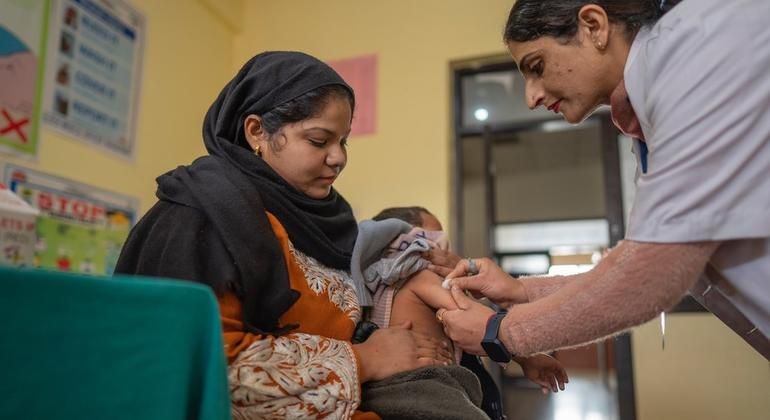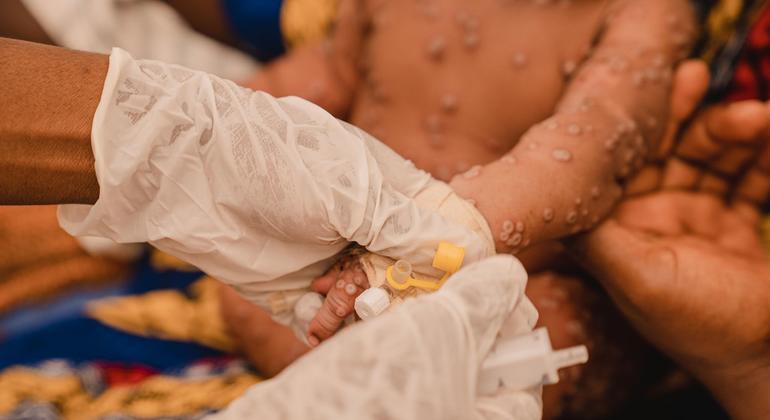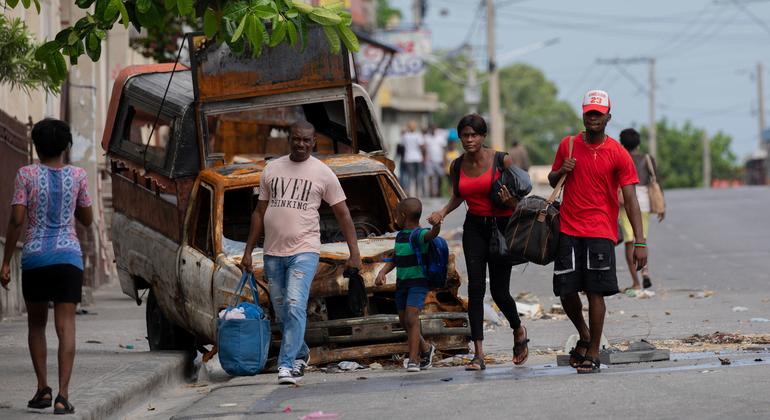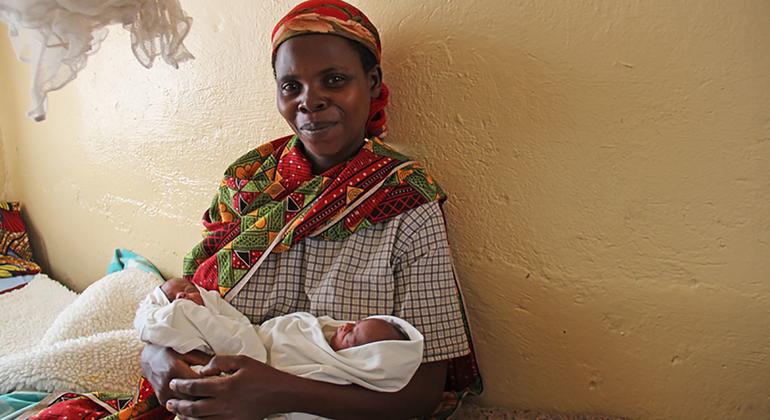That's according to The World Health Organization (WHO) and the United Nations Children's Fund (UNICEF) present an overview of vaccination trends against 14 diseases, highlighting the need for continued efforts to recover, update and strengthen the system.
“He Recent trends show that many countries are still letting too many children through“Closing the immunization gap requires a global effort, with governments, partners and local leaders investing in primary health care and community workers to ensure that all children are vaccinated and to strengthen overall health care.”
The number of children who received three doses of diphtheria, tetanus and pertussis (DTP) vaccine in 2023, a key marker for global immunization coverage – stuck at 84 percent (108 million).
Going backwards
However, those who did not receive a single dose of the vaccine increased from 13.9 million in 2022 to 14.5 million in 2023.
More than half of unvaccinated children live in 31 countries with fragile, conflict-affected and vulnerable settings, where children are especially vulnerable to preventable diseases due to disruptions and lack of access to safety, nutrition and health services, the agencies reported.
Besides, 6.5 million children did not complete their third dose of the DTP vaccine, which is necessary to achieve protection against diseases in infancy and early childhood.
These trends, which show that global immunization coverage has remained virtually unchanged since 2022 and, more alarmingly, has not yet returned to 2019 levels, reflect ongoing challenges with disruptions in services, logistical challenges, vaccine hesitancy and inequalities in vaccine access.
Emerging outbreaks of measles
The data also show that vaccination rates against the deadly measles disease have stagnated, leaving nearly 35 million children without sufficient protection.
In 2023, only 83 percent of children worldwide received their first dose of measles vaccine through routine health services, while the number of children receiving their second dose increased modestly from the previous year, reaching 74 percent of children.
These figures fall short of the 95 percent coverage needed to prevent outbreaks, avoid unnecessary illness and deaths, and meet measles elimination goals.
Over the past five years, 103 countries, home to about three-quarters of the world's infants, experienced measles outbreaks. Low vaccination coverage (80% or less) was a major factor. In contrast, 91 countries with good measles vaccination coverage did not experience outbreaks.
Canary in the mine
“Measles outbreaks are the canary in the coal mine, exposing and exploiting gaps in immunization. “And attack the most vulnerable first,” said Dr Tedros Adhanom Ghebreyesus, WHO Director-General.
“This is a solvable problem. Measles vaccine is cheap and can be administered even in the most difficult settings. WHO is committed to working with all our partners to help countries close these gaps and protect the most at-risk children as soon as possible.”
Good news on global HPV vaccine coverage
The new data also highlight some brighter spots in immunization coverage.
The continued introduction of some newer vaccines, including those for human papillomavirus (HPV), meningitis, pneumococcus, polio and rotavirus disease, continues to expand protection, particularly in the 57 countries supported by Gavi, the Vaccine Alliance.
For example, the proportion of adolescents globally who received at least one dose of the HPV vaccine, which provides protection against cervical cancer, increased from 20% in 2022 to 27% in 2023.
“The HPV vaccine is one of the highest impact vaccines in Gavi's portfolio and It's incredibly encouraging that it's now reaching more girls than ever before.“said Dr Sania Nishtar, CEO of Gavi.
However, HPV vaccine coverage falls far short of the 90 percent target to eliminate cervical cancer as a public health problem, reaching only 56 percent of adolescent girls in high-income countries and 23 percent in low- and middle-income countries.











